Growth in Automotive Electronics
The LTCC and HTCC Market is significantly influenced by the burgeoning automotive sector, particularly with the rise of electric vehicles (EVs) and advanced driver-assistance systems (ADAS). These technologies necessitate the use of high-performance ceramics that can withstand extreme conditions while providing reliable electrical performance. The automotive electronics market is expected to reach USD 300 billion by 2026, with a substantial portion attributed to LTCC and HTCC applications. This growth is indicative of a broader trend where automotive manufacturers increasingly rely on sophisticated electronic components to enhance vehicle safety, efficiency, and connectivity. As a result, the LTCC and HTCC Market is poised to benefit from this transition, as it aligns with the demand for innovative solutions in automotive applications.
Rising Demand for Miniaturization
The LTCC and HTCC Market is experiencing a notable surge in demand for miniaturization across various electronic applications. As devices become increasingly compact, manufacturers are compelled to adopt advanced materials that facilitate smaller, lighter, and more efficient components. This trend is particularly evident in sectors such as telecommunications and consumer electronics, where space constraints are paramount. The market for LTCC and HTCC is projected to grow at a compound annual growth rate (CAGR) of approximately 8% over the next five years, driven by the need for high-density interconnects and multilayer structures. Consequently, the LTCC and HTCC Market is likely to witness innovations that cater to these evolving requirements, enhancing performance while reducing the overall footprint of electronic devices.
Emerging Applications in Medical Technology
The LTCC and HTCC Market is witnessing a growing interest in applications within the medical technology sector. As healthcare devices become more sophisticated, there is a rising demand for reliable and high-performance electronic components that can operate in challenging environments. LTCC and HTCC materials are particularly well-suited for medical applications due to their biocompatibility and ability to withstand sterilization processes. The medical device market is projected to reach USD 500 billion by 2027, with a notable portion of this growth attributed to advanced electronic components. This trend suggests that the LTCC and HTCC Market will play a crucial role in supporting innovations in medical technology, ultimately enhancing patient care and treatment outcomes.
Telecommunications Infrastructure Expansion
The ongoing expansion of telecommunications infrastructure is a critical driver for the LTCC and HTCC Market. With the advent of 5G technology, there is an escalating need for high-frequency components that can support faster data transmission and improved connectivity. The market for telecommunications equipment is projected to exceed USD 1 trillion by 2025, with LTCC and HTCC materials playing a pivotal role in the development of antennas, filters, and other essential components. This expansion not only enhances communication capabilities but also stimulates demand for advanced materials that can operate efficiently at higher frequencies. Consequently, the LTCC and HTCC Market is likely to experience robust growth as it adapts to the requirements of next-generation telecommunications.
Increased Investment in Research and Development
Investment in research and development (R&D) within the LTCC and HTCC Market is on the rise, as companies strive to innovate and improve product offerings. This focus on R&D is driven by the need to develop new materials and processes that enhance the performance and reliability of electronic components. As industries such as aerospace, medical devices, and consumer electronics demand higher quality and more efficient solutions, manufacturers are allocating significant resources to R&D initiatives. This trend is expected to result in the introduction of novel LTCC and HTCC products that meet stringent industry standards. The commitment to R&D not only fosters innovation but also positions the LTCC and HTCC Market for sustained growth in an increasingly competitive landscape.


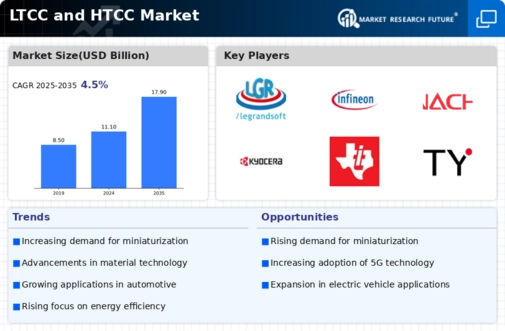
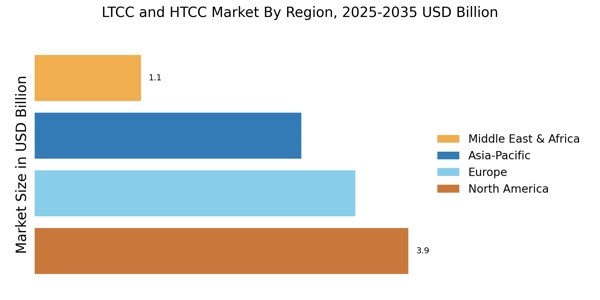
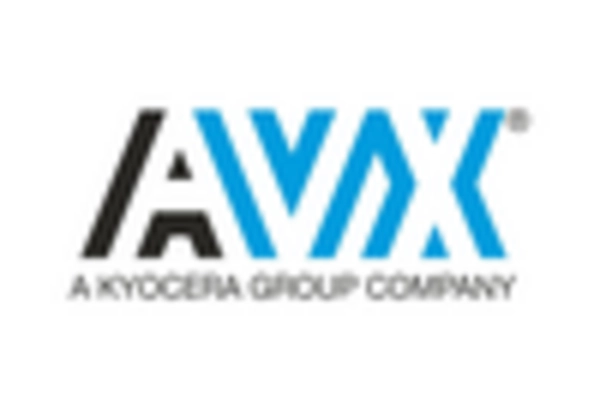
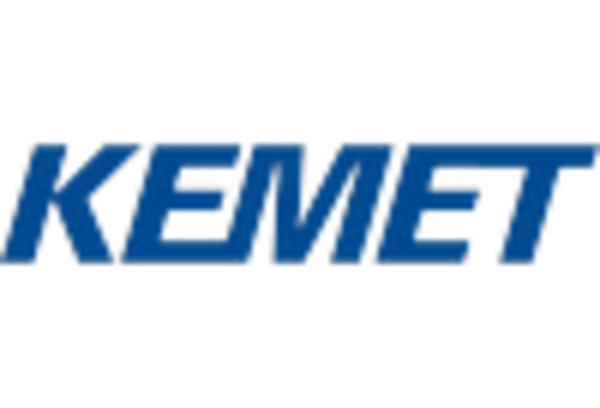
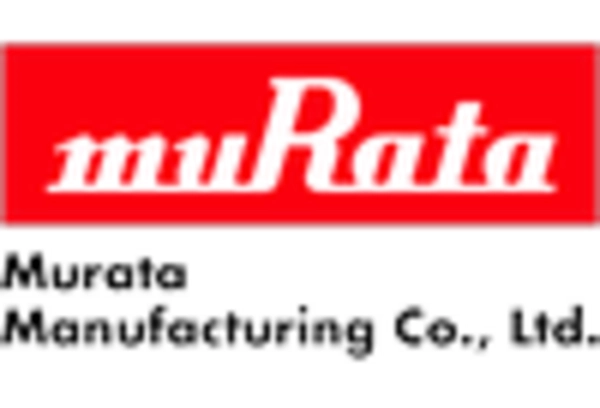
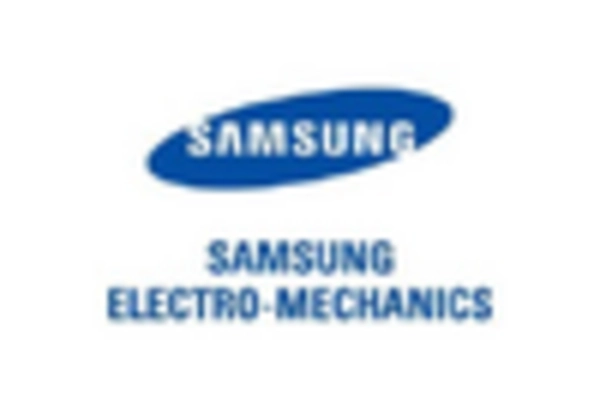
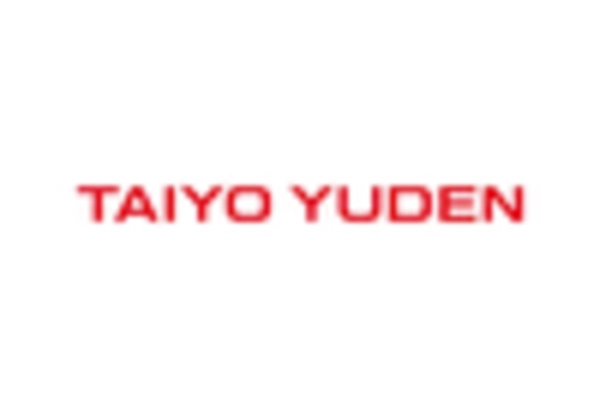
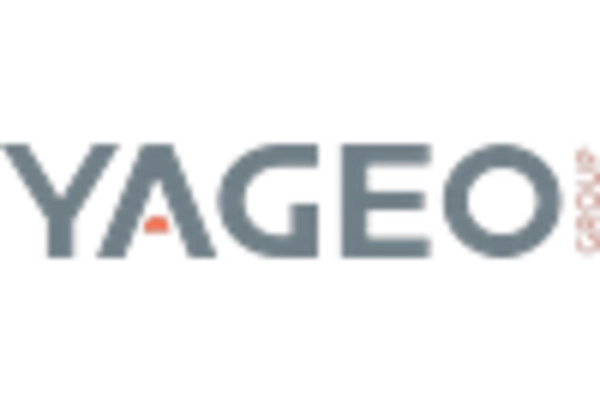








Leave a Comment